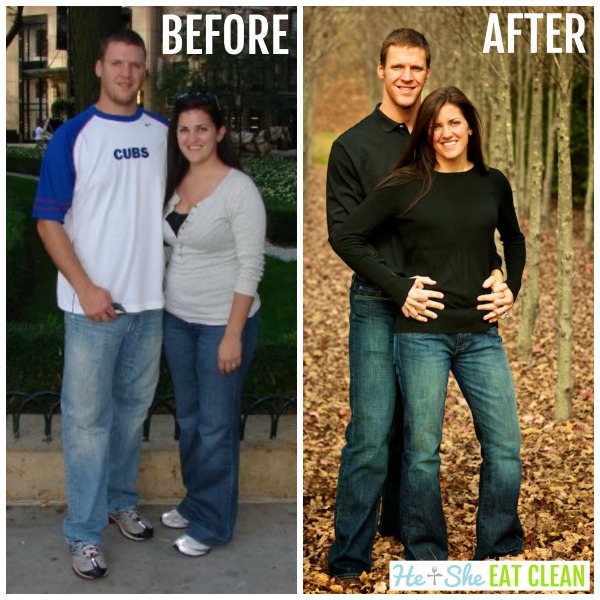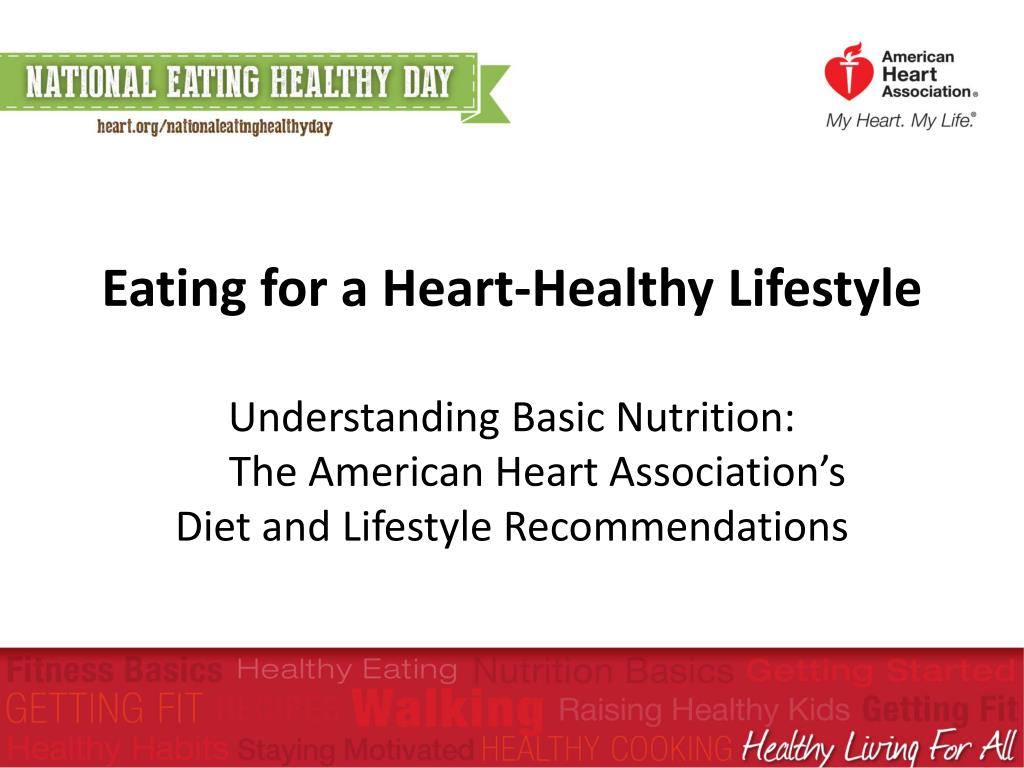
If you're trying to lose weight, eating more low-calorie foods can help you achieve your goals. Fruits and vegetables with high fiber can help you feel full longer and control your blood sugar levels. They help to keep your digestive tract healthy and can lower the number of calories you eat. The fiber in nuts, seeds and most vegetables is high, but they are also low-calorie. Five servings of fruits or vegetables per day is a good goal.
Vegetables and fruits are low in calories but full of fiber. Whole grains and vegetables, however, are very high in fiber. These foods can keep your stomach fuller longer, decreasing the temptation to eat more. These foods provide excellent nutrition and can help you keep your ideal weight once you have stopped following a diet. Below is a list of foods that are rich in fiber and low-calorie. These foods will help you reach your weight loss goals. These are just two of many health benefits that can help reduce weight.

A diet that includes fruits and vegetables is rich in antioxidants can reduce appetite. Avoid sugary drinks as well as processed foods. Instead, choose fresh fruit. Frozen or canned fruits can be added to your omelet and stew. Sauerkraut has both prebiotic and probiotic properties, adding beneficial bacteria to your intestines and feeding the good bacteria already there. This food is high in fiber which can help you control your appetite as well as your blood sugar.
Lean protein helps curb your appetite. The body releases chemical signals that suppress hunger. Protein can prevent binge eating and increase energy. You can help yourself reach your weight loss goals by adding fish or shellfish into your meals and snacks. And don't forget to add more of your favorite foods to your meals! You will be happy you did. Just remember to eat a variety of these healthy foods every day and you'll soon see results.
Additionally, you can lose weight with certain foods. These foods can be low in calories but high in fiber. For example, two cups of collards contain a lot of fiber, and a half cup of collards has more than 20 grams of protein. This is also true for beans. This can be a part of a balanced diet. They are low-calorie so there is no reason to stop eating your favorite foods.

Another food to eat to lose weight is citrus. Citric acid, found in lemons is helpful for digestion. Also, lemons have vitamin C and high fiber. These foods can be added to any diet and are low-calorie but high-fiber. A small portion of grapes will replace a 300-calorie glazed donut. Half a cup of pears will replace it with half a cup of whole grain toast.
FAQ
What is the difference in fat and sugar?
Fat is an important energy source, which comes from food. Sugar is naturally found in fruits and veggies. Both fats, as well sugars, provide the same number calories. Fats have twice the calories of sugars, however.
Fats can be stored in the body, which can lead to obesity. They can lead to cholesterol buildup in the arteries, which could cause heart attacks or strokes.
Sugars are quickly absorbed into the body and provide instant fuel. This causes blood glucose levels rise. High blood sugar levels can cause type II diabetes.
Is cold a sign of a weak immune response?
Cold causes a decrease in immune system strength. This is because white blood cells are less effective at fighting infection. However, being cold also makes you feel better because your body releases endorphins into your brain which reduce pain.
What's the difference between a calorie and kilocalorie?
Calories can be used to measure how much energy is in food. The unit of measurement is called a calorie. One calorie contains the energy needed to raise the temperature of one gram of water by one degree Celsius.
Kilocalories are another way to describe calories. Kilocalories can be measured in thousandsths of one calorie. 1000 calories is one kilocalorie.
What's the difference between a virus & a bacterium?
A virus is a microscopic organism that cannot reproduce outside its host cell. A bacterium is an organism that splits itself in two. Viruses are very small (about 20 nanometers) while bacteria are larger (up to 1 micron).
Viruses are often spread through contact of infected bodily fluids like saliva, urine or semen. Bacteria can easily be spread from direct contact to contaminated surfaces and objects.
Viruses can get into our bodies through cuts and scrapes on the skin, bites, and other injuries. They may also enter through the nose, mouth, eyes, ears, vagina, rectum , or anus.
Bacteria may enter our bodies through cuts and scrapes on our skin, burns, insect bites, and other wounds. They can also get into our bodies via food, water or soil.
Both bacteria as well as viruses can cause illness. However, viruses cannot reproduce within their hosts. They only cause disease when they infect living tissue.
Bacteria can multiply within their hosts and cause illness. They can infiltrate other parts of the body. We need antibiotics to get rid of them.
Statistics
- According to the 2020 Dietary Guidelines for Americans, a balanced diet high in fruits and vegetables, lean protein, low-fat dairy and whole grains is needed for optimal energy. (mayoclinichealthsystem.org)
- Extra virgin olive oil may benefit heart health, as people who consume it have a lower risk for dying from heart attacks and strokes according to some evidence (57Trusted Source (healthline.com)
- WHO recommends consuming less than 5% of total energy intake for additional health benefits. (who.int)
- The Dietary Guidelines for Americans recommend keeping added sugar intake below 10% of your daily calorie intake, while the World Health Organization recommends slashing added sugars to 5% or less of your daily calories for optimal health (59Trusted (healthline.com)
External Links
How To
How to keep yourself motivated to exercise and eat well
Motivation tips for staying healthy
Motivational Tips for Staying Healthful
-
List your goals
-
Set realistic goals
-
Be consistent
-
Reward yourself when you achieve your goal
-
If you fail the first time, don't lose heart
-
Have fun